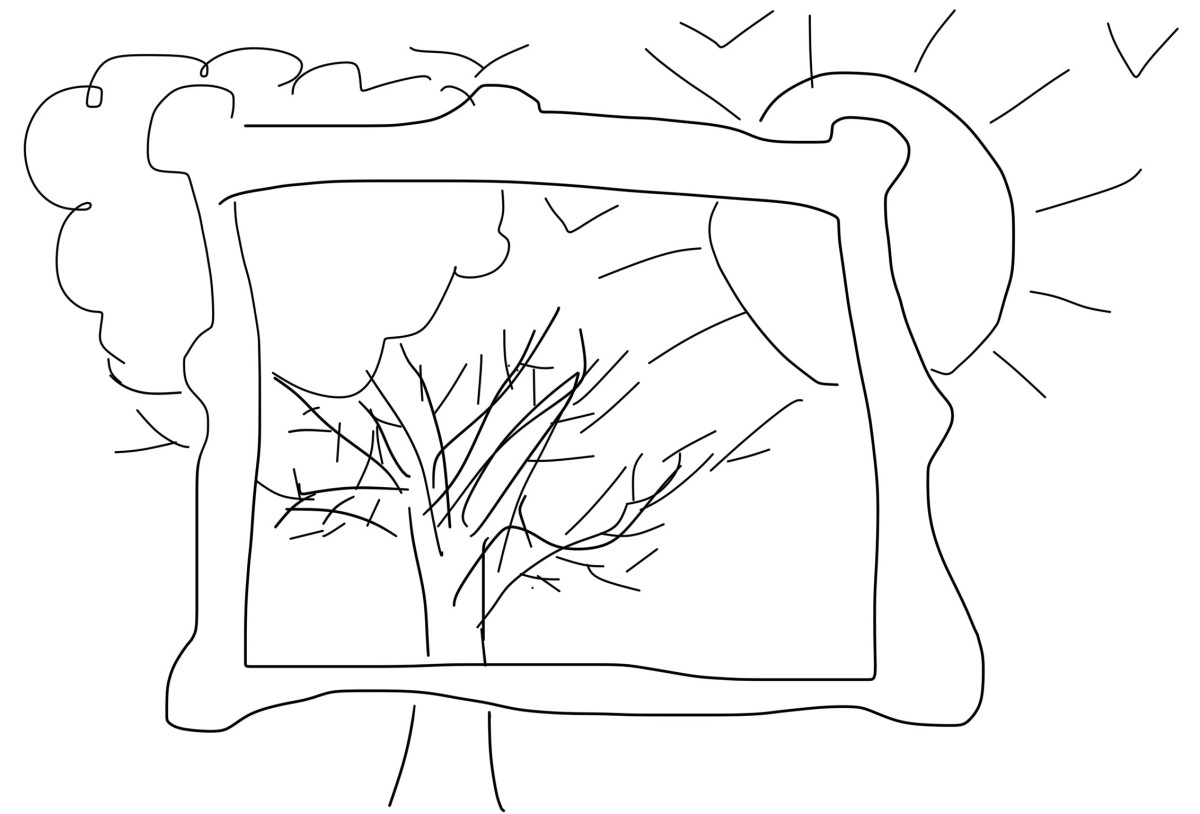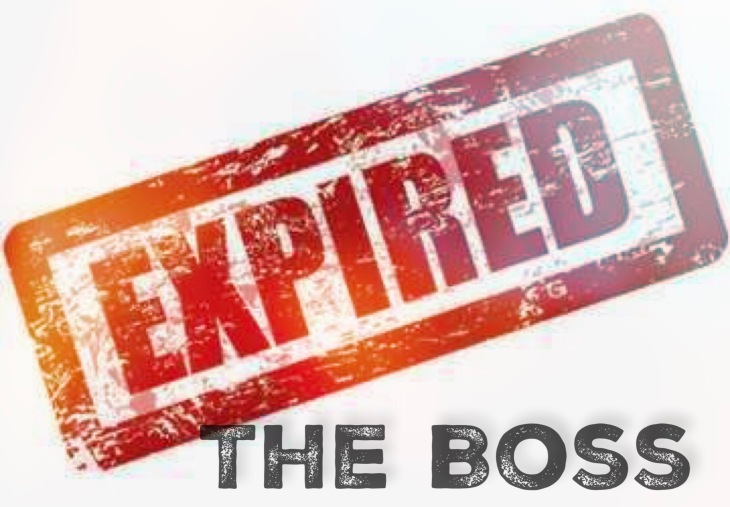Chatting with a friend the other day about his child’s GCSE choices and predicted grades it occurred to me that the child’s true capabilities were not what would be assessed. Not in the end. In the end what would be assessed is how close they could get to what would be acceptable to the people around them. A predicted grade of D shifting up to a C would mean the world to the people around this child, based purely on the fact that they had also struggled with this on their own brief run around the academic block. Listening to this, and reflecting on the fact that we’re actually talking about a 14 year old child with a brain as potent as it’s likely to get in their own lifetime, I felt a deep sense of wrongness about the whole thing. I could remember being in the same situation as that child, and my grades were a major hurdle in my life back then.
When I set up my current company in December 2010 I did not present it to potential customers as it was right then. Back then we had three staff, a £20,000 start up loan and a pretty good bit of software at the core of the business. Presenting this state of reality to the market place would have invited all kinds of difficulties and doubts. Thankfully it never occurred to me to do anything other than present it as per my aspirations for what it would become. Not what it could or might become. I cannot say that I knew exactly how to make that happen, and thankfully that burden was not solely mine to bear. The learning along the way has been intense, and often uncomfortable, but always immensely rewarding. However, the certainty that ‘A’ grade success was possible has undeniably been an important factor.
When I did my GCSE’s the first time around I achieved two C’s. The rest went downwards towards E’s and an F. I returned the following year to gain a couple more C’s at GCSE. It took me another 20 years before I would actually deliver my true academic potential and achieve a Merit in a Masters Degree. I didn’t have academic high fliers around me growing up, so it’s not surprising that I didn’t identify as one. This meant that I didn’t take on the habits of becoming one. I did have business high fliers around me, and subsequently I did take those habits on board. My confidence to do well academically as a mature adult was undeniably boosted by my achievements in business.
Looking back on my GCSE period at school I aspired to become a journalist. When it came to the work experience lottery they took a look at my predicted grades and my background; I lived in a single parent family in a council house. The upshot was that they placed me as close to journalism as they thought I would get – which was in a print copy shop. I definitely learned valuable skills there that benefited me further down the road. However, nothing about that experience then, short of a miracle, would ever lead me to an experience of how to become a journalist.
My message by now should be pretty clear that if we only ever pin a persons’ potential to where we see them now then it’s likely we will become a part of the reason that they struggle to reach higher. Thankfully I did have people around me even back then who saw more than I or any of my teachers did in my potential, and I am very grateful for that. I am also grateful to that part of me that was switched on enough to seek out other examples of excellence to model on and in some lucky cases become good friends and business colleagues.
The persistence that I learned from surviving in Sales, and then thriving as an entrepreneur pushed me to follow through on my dreams of achieving a degree. That I did it in a subject and on a topic that were both very important to me was a massive bonus; Coaching for development and success. I have ultimately learned that if you surround yourself with passionate learners, that have a vision for the possible, then virtually anything is possible. I have also learned that it is important to give back wherever possible to honor the opportunities that have helped me to get where I am today.
My next personal challenge is to get to grips with GCSE performance and how to help a 14 year old student shoot for the moon. What’s yours?










